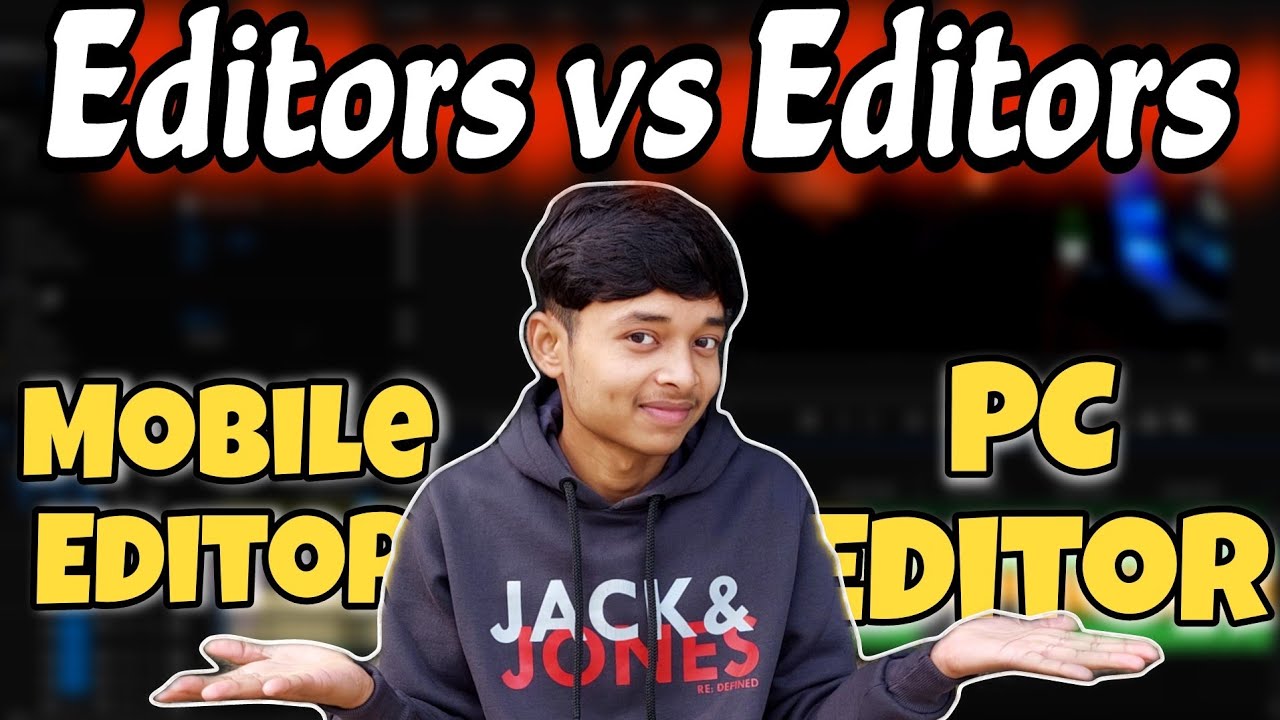Quick Tips for Mobile Journalism from Glen Mulcahy
Summary
TLDRThe video script focuses on mobile journalism (MOJO), emphasizing the use of smartphones to create professional-quality content. It provides tips for enhancing video quality, such as locking focus and exposure, avoiding digital zoom, and physically moving closer to subjects. The script also discusses techniques for conducting interviews, including capturing safety shots and bridging edits with relevant visuals. Additionally, it covers the importance of capturing key journalistic elements like 'who,' 'what,' 'where,' 'when,' 'how,' and 'why,' and the use of various smartphone features like slow motion and time-lapse to enrich storytelling.
Takeaways
- 📱 'Mojo' stands for Mobile Journalism, which is the use of smartphones to create high-quality broadcast content.
- 🔒 Locking focus and exposure on your smartphone can prevent unwanted changes in brightness and focus during filming.
- 📍 Avoid digital zooming as it degrades video quality; instead, physically move closer to the subject for a better shot.
- 🎥 Safety shots are crucial for bridging edits in interviews, providing continuity and smooth transitions.
- 👥 When filming interviews, use a variety of shots like close-ups, reverse angles, and wide shots to maintain viewer interest and cover edits.
- 🤔 To avoid jump cuts, build a sequence with multiple shots rather than relying on a single shot.
- 📍 Capture 'who,' 'what,' 'when,' 'where,' and 'how' through specific shots like establishing shots for location and close-ups for details.
- 👤 Maintain interpersonal space in filming by positioning the camera at a conversational distance from the subject.
- 👀 Focus on capturing the subject's eyes and expressions, as they convey much of the emotional content and communication.
- 🎬 Ensure a good variety of shots including wide, mid, and close-ups, and roll for at least 10 seconds on each to provide editing flexibility.
- 🌟 Utilize special effects like slow motion and time-lapse available on smartphones to add depth and context to your storytelling.
Q & A
What does MOJO stand for in the context of the video script?
-MOJO stands for Mobile Journalism, which is the use of smartphones to create high-end professional broadcast quality content.
Why should one avoid zooming while filming with a smartphone?
-Zooming on a smartphone simply magnifies the pixels, which can greatly depreciate the quality of the shot. It's recommended to move closer to the subject instead.
How can you prevent a smartphone from going into focus hunt mode during filming?
-You can lock the focus to prevent the smartphone from constantly adjusting focus and exposure, which can cause the shot to fluctuate in brightness.
What are safety shots and why are they important in interviews?
-Safety shots are additional footage that allows for bridging edits in an interview, ensuring smooth transitions between answers without noticeable jumps in the video.
What is the significance of capturing 'who, what, when, where, and how' in journalism, as mentioned in the script?
-These are the key elements that provide context and information to the audience, helping them understand the story better. Specific shots are used to capture each element effectively.
Why is it important to capture a wide shot, also known as an establishing shot, in a video?
-A wide shot gives the audience a sense of location, providing context for where the story is taking place.
What is the recommended distance for interpersonal space when filming a conversation?
-The recommended distance is about a meter to a meter and a half away from the subject to mimic a natural conversational distance.
How can close-up shots enhance the storytelling in a video?
-Close-up shots capture the raw detail and emotion of the subject, such as facial expressions and hand movements, which are crucial for conveying feelings and details.
What is the purpose of using slow motion in smartphone videography?
-Slow motion allows viewers to see quick actions in more detail by shooting at a higher frame rate, which can be slowed down during editing.
How does time-lapse photography add value to a video story?
-Time-lapse photography speeds up time, effectively showing the passage of time and can be used to add context or highlight changes over time.
What is the minimum duration recommended for each type of shot when filming?
-It's a good discipline to roll for a minimum of 10 seconds on each shot type, such as wide, mid, and close-up, to ensure enough material for editing.
Outlines

This section is available to paid users only. Please upgrade to access this part.
Upgrade NowMindmap

This section is available to paid users only. Please upgrade to access this part.
Upgrade NowKeywords

This section is available to paid users only. Please upgrade to access this part.
Upgrade NowHighlights

This section is available to paid users only. Please upgrade to access this part.
Upgrade NowTranscripts

This section is available to paid users only. Please upgrade to access this part.
Upgrade NowBrowse More Related Video

GLMMBL01 - Lezione 1

How Anna Holligan (BBC) practices 'MoJo'

How to Make YouTube Videos that People Actually Watch

Corso Gratuito: l'Intelligenza Artificiale che Scrive BENE al tuo posto | Impara subito come fare!

Mobile vs PC Editors🔥Difference Between PC and Phones For Video Editors in 2024

AI Avatar Creation: Video Automation Tutorial
5.0 / 5 (0 votes)